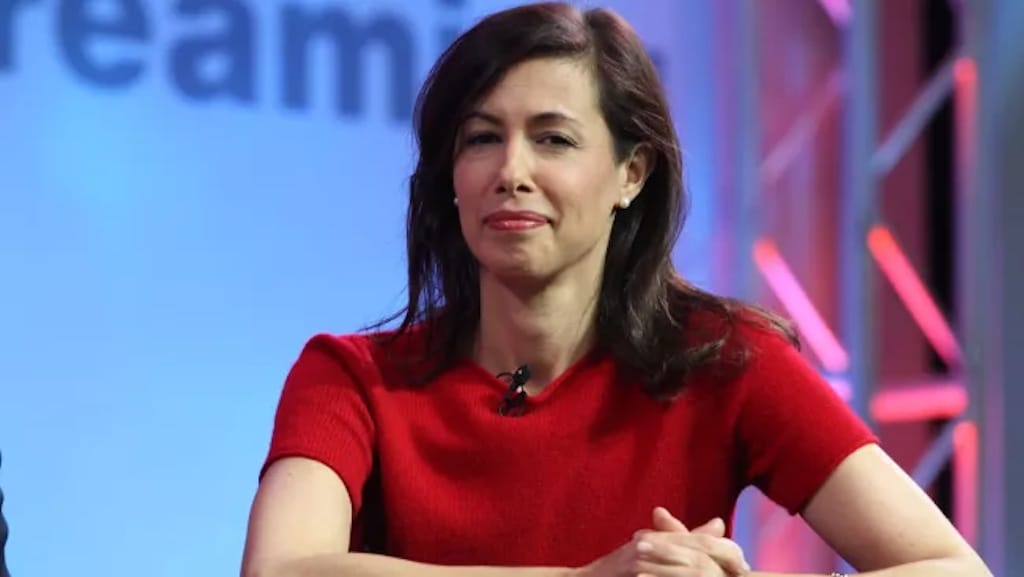Another $700 Million for 26 States Through the Rural Digital Opportunity Fund
Over 400,000 locations across the U.S. will get broadband in this funding wave.
Justin Perkins

WASHINGTON, November 12, 2021 – The Federal Communications Commission announced Wednesday that it will authorize $709,060,159 for 26 states through its Rural Digital Opportunity Fund.
These are disbursements of the $9.2 billion that were announced in round one of the RDOF reverse auction that took place in the fall of 2020.
The rural fund supports new broadband deployment efforts for 50 broadband providers in 400,000 locations across the U.S. Much of the funding will go to nonprofit rural electric cooperatives to deploy broadband in their service areas.
But others awarded funding under the auction have already defaulted on coverage that they said they would provide as part of their winning bids.
The 26 states ready to receive Wednesday’s funding include Arizona, California, Florida, Georgia, Illinois, Indiana, Iowa, Kentucky, Louisiana, Michigan, Minnesota, Mississippi, Missouri, Montana, New Hampshire, New York, North Carolina, North Dakota, Oregon, South Dakota, Tennessee, Texas, Virginia, West Virginia, and Wisconsin.
FCC Chairwoman Jessica Rosenworcel said that the announcement “highlights the agency’s commitment to supporting even more opportunities to connect hundreds of thousands of Americans to high-speed, reliable broadband service while doing our due diligence to ensure the applicants can deliver to these unserved communities as promised.”
The Commission’s announcement comes after the FCC launched the second round of its COVID-19 Telehealth Program on Tuesday, granting $42.5 million for health care providers. This telehealth program and exceeds the FCC’s $150 million goal by reaching $166.13 million for telehealth funding.
These funding programs provide reimbursements for telecommunication and information services and connected devices the providers have purchased to continue their telehealth services. The Commission also announced $421 million on Monday to keep over 10 million students connected across the U.S. as part of the Emergency Connectivity Fund.










Member discussion